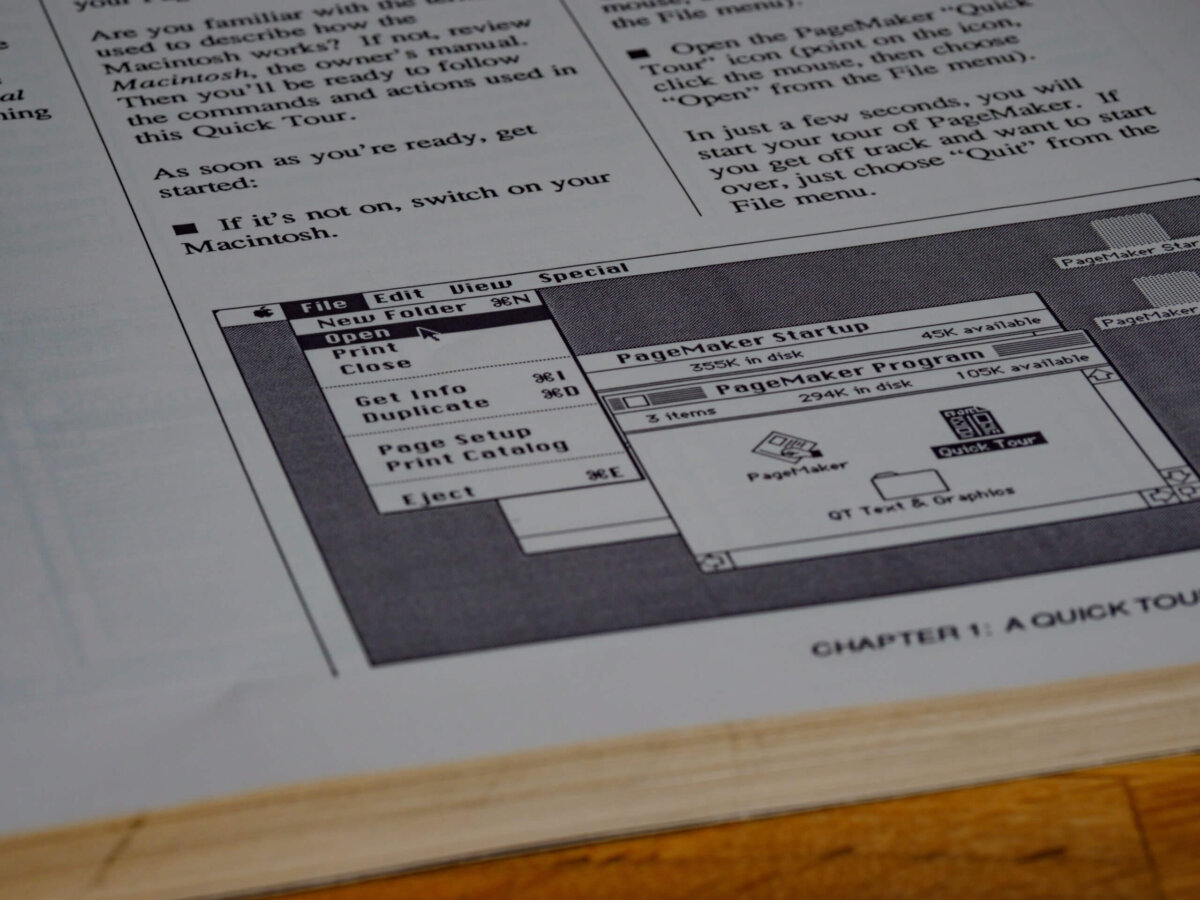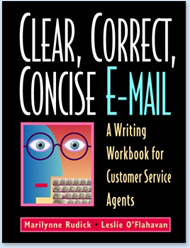A nightmare from Christmas past: two days before my family’s holiday gathering, I realized that I hadn’t received the many books and CDs I’d ordered from Amazon. When I called Amazon to check, I found out there was a problem with the order and it hadn’t been shipped.
Worse, Amazon told me that I wouldn’t get the gifts in time for my holiday celebration. I angrily canceled the order and scurried to a jam-packed mall for some power shopping.
Now I look for—and welcome—transactional e-mails that confirm my purchase and track my packages. But while these e-mails are now ubiquitous, they are not as useful as they could be. Usability guru Jakob Nielsen called transactional e-mail a powerful tool for “strengthening customer service and increasing user confidence and trust. ” But his research (Alertbox, October 20,2008, “Transactional Email and Confirmation Messages”) found “appallingly low” scores on transactional e-mail usability.
The problems: e-mails from unrecognizable senders with vague subject lines, body text that is too long and difficult to scan, and content that doesn’t provide the information users want. So how can you write transactional e-mail that your customers welcome and find useful?
1. Identify the brand and purpose in the “From” field
Bottomline: “People don’t open messages from senders they don’t recognize,” says Nielsen. Use “From” to let your customer identify the sender and know why it was sent. For example, “Best Buy Online Store” identifies the seller’s brand and lets the user know the mail is about an online transaction.
2. Write e-mails with specific “what about” subject lines
The best subject lines are specific to the customer transaction. A winner in Nielsen’s user testing was the simple and direct: “Order has shipped.” This subject line—coupled with a recognizable “From”—was so useful that many customers didn’t open the e-mail. They saved these messages in case the package didn’t arrive. (And to use to place future orders with the company!)
3. Be brief
Customers are turned off by transactional e-mails that begin with marketing messages or have other irrelevant information. Write and format the message so that users can quickly find the information they need.
4. Provide information customers want
- Tracking number. Almost all users looked for this. Even if they didn’t track the order, users found the tracking number “comforting evidence that a package was on the way.”
- Order summary. Provide a simple description of what was actually ordered. This helps users verify their purchase and notify the company right away if the order is incorrect.
- Contact information. Provide a phone number, e-mail, web address and procedures for contacting the company if there’s a problem.
Nielsen also advises against sending too many e-mails. Sending a confirmation message immediately after the order is processed, then a second e-mail when the item has shipped, works best. More e-mails confuse customers; they may overlook an important message, thinking they’ve already read it.
I love transactional e-mail—the confirmation that arrives within seconds of placing the order. (This company is efficient!) And I like tracking the package through the process of order packed for shipment through delivered. In a disorderly world where I can’t find my eye glasses on my desk, it’s comforting that someone (okay, a computer) knows exactly where my package is at any time.
— Marilynne Rudick (guest blogger)
Tags: Customer service, Customer service e-mail, E-mail, Research






0 Comments